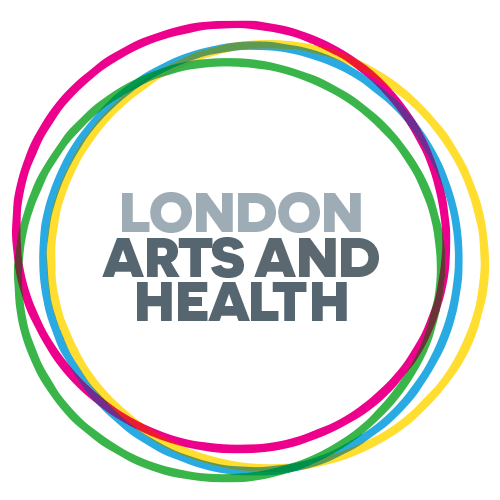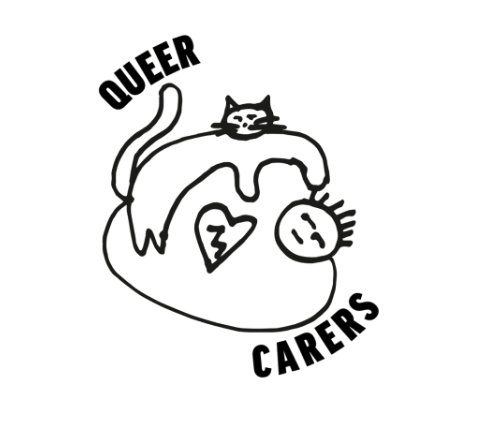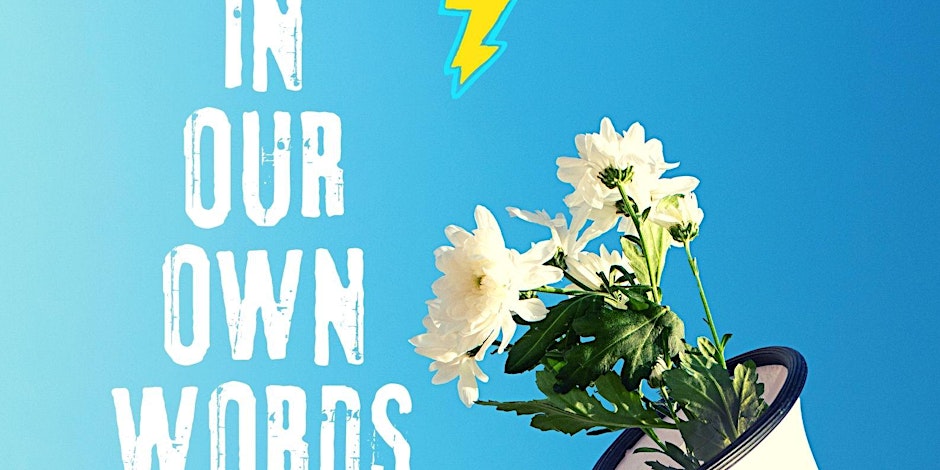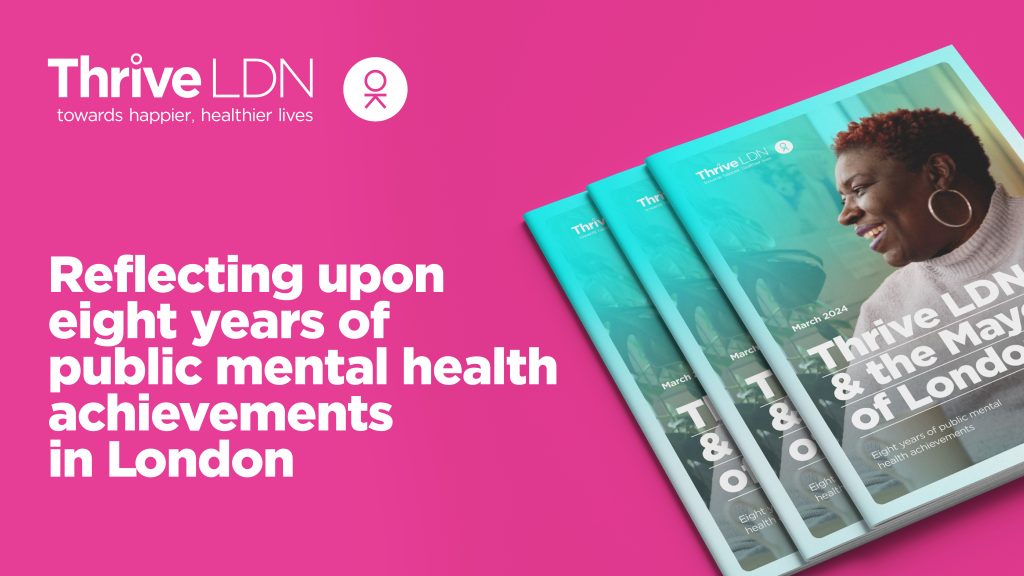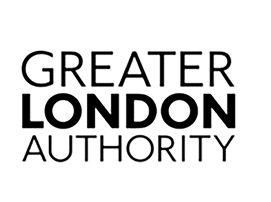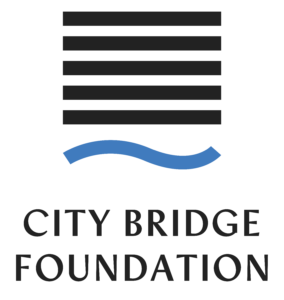From our friends at QueerCircle a new programme of monthly events and online support forums…
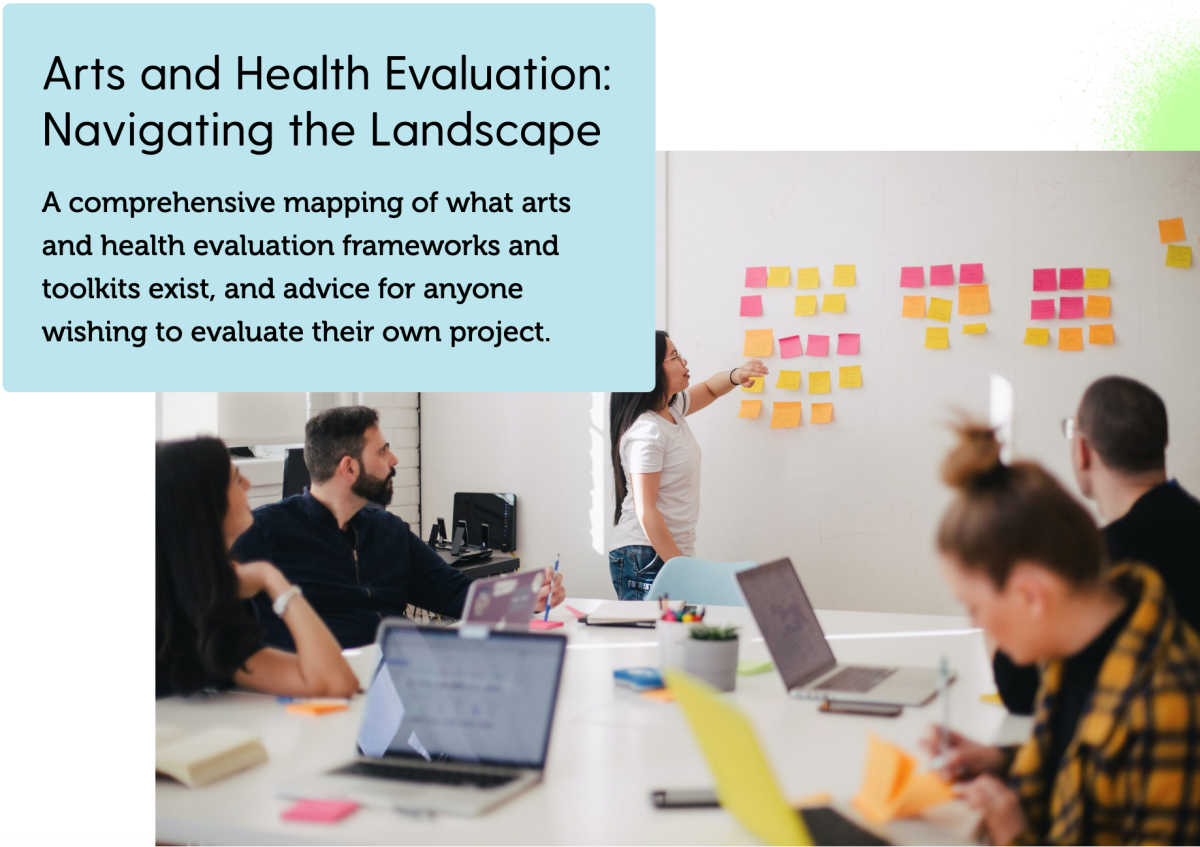
How do I navigate the landscape of arts and health evaluation?
By Dr Katey Warran, Research Fellow in the Social Biobehavioural Research Group at University College London and Deputy Director of the WHO Collaborating Centre for Arts & Health
Evaluating arts and health activities to demonstrate their impact in view of project aims and objectives has become routine practice over the last few decades. Yet, navigating the landscape of evaluation can pose challenges. There are many resources out there providing tips and tools to evaluate, but it’s hard to know where to start. Here in the Social Biobehavioural Research Group at University College London, we set out to provide a comprehensive mapping of what evaluation frameworks and toolkits exist to support those wishing to evaluate their arts and health projects. This culminated in our new report Arts and Health Evaluation: Navigating the Landscape (Warran, Daykin, Pilecka & Fancourt, 2023). In this blog, I explore what evaluation is and talk through the key characteristics of the report.
What is arts and health evaluation? How does it differ from research?
There can be confusion regarding the difference between research and evaluation. They both use similar methods, and often people working within arts and health engage in both. Evaluation is all about the specific context in which your arts and health project is delivered. For example, evaluations often focus on the aims and objectives of a particular service or programme, exploring whether a project has met these aims and using the evaluation to improve service delivery. Research, on the other hand, tends to focus on ‘knowledge generation’, exploring how data has relevance beyond the context in which the research was conducted.
Within arts and health there can be overlaps. One reason for this is because there is a strong link between research, policy, and practice. For example, an evaluation may be carried out within the remit of organisational objectives but then discussed and used by policymakers to inform decision-making regarding how arts and health activities could be scaled up. In this case, the evaluation data has been used to inform processes beyond the remit of the service it was originally conducted within.
What is in the report? How do I use it?
The report has five parts. We start by exploring what evaluation is and think about the broader approaches and contexts that may frame your evaluation (Part 1). Based on this foundation, we navigate evaluation frameworks (Part 2), toolkits (Part 3) and tools (Part 4), before exploring the next steps of your evaluation (Part 5). A key focus of the report is equipping you with all the information that you need to make choices in your evaluation, so that you can be confident regarding which resources are most appropriate for you.
We outline a list of evaluation frameworks that could be applied within the context of arts and health evaluation (pp.22-25). These frameworks are overarching ‘structures’ that may guide you in choices about the approach you take to your evaluation and the methodologies to use. We walk you through each framework so that you can reflect on which one may be relevant to you. Here are some examples of the frameworks included:
- The MRC Complex Interventions Framework
- Implementation science research development (ImpRes) guide
- The Public Health England (PHE) Arts for Health and Well-being Evaluation Framework
- Creative and Credible
We also include a table with detailed descriptions of 26 toolkits that we collated through a scoping review process. This includes information about the population, artforms and settings the toolkits are tailored for, as well as the content included. This information is presented in an easy-to-digest way to support you with identifying which toolkit may be right for you. Here are some examples of the toolkits included:
- Arts in Health: Designing and researching interventions (includes a 7-step model)
- The HARP (Health Arts Research People) playbook for innovation in arts & health
- UCL Museum Wellbeing Measures Toolkit
- Guide to evaluating behaviourally and culturally informed health interventions in complex settings
Where can I access the report?
The report is hosted on the website for our Social Biobehavioural Research Group. You can download it from our project pages as a PDF file for you to read. It’s an interactive PDF which means that there are also lots of weblinks within it which you can click on to learn more about the resources discussed.
